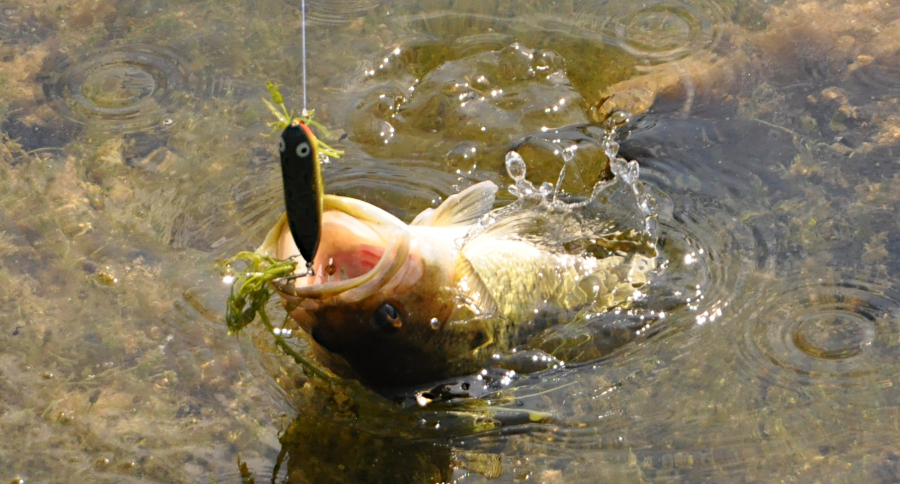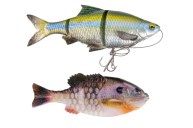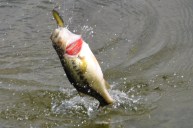Artificial vs live bait, which one is best?
Since the dawn of modern angling, there has been constant debate over artificial fishing lures over live bait. Is one of these methods better than the other for enticing more bites from big fish? Why does one method seem to out-perform the other at certain times? Is it time for anglers to ditch the bait bucket completely and focus entirely on artificial lures?
Today we will examine these questions in an attempt to explain why natural bait sometimes out-performs artificials and vice-versa. We will also drop some useful fishing tips that will help you catch more lunkers your next trip out.
Let the great fishing bait debate begin!
Types of live bait: pros and cons
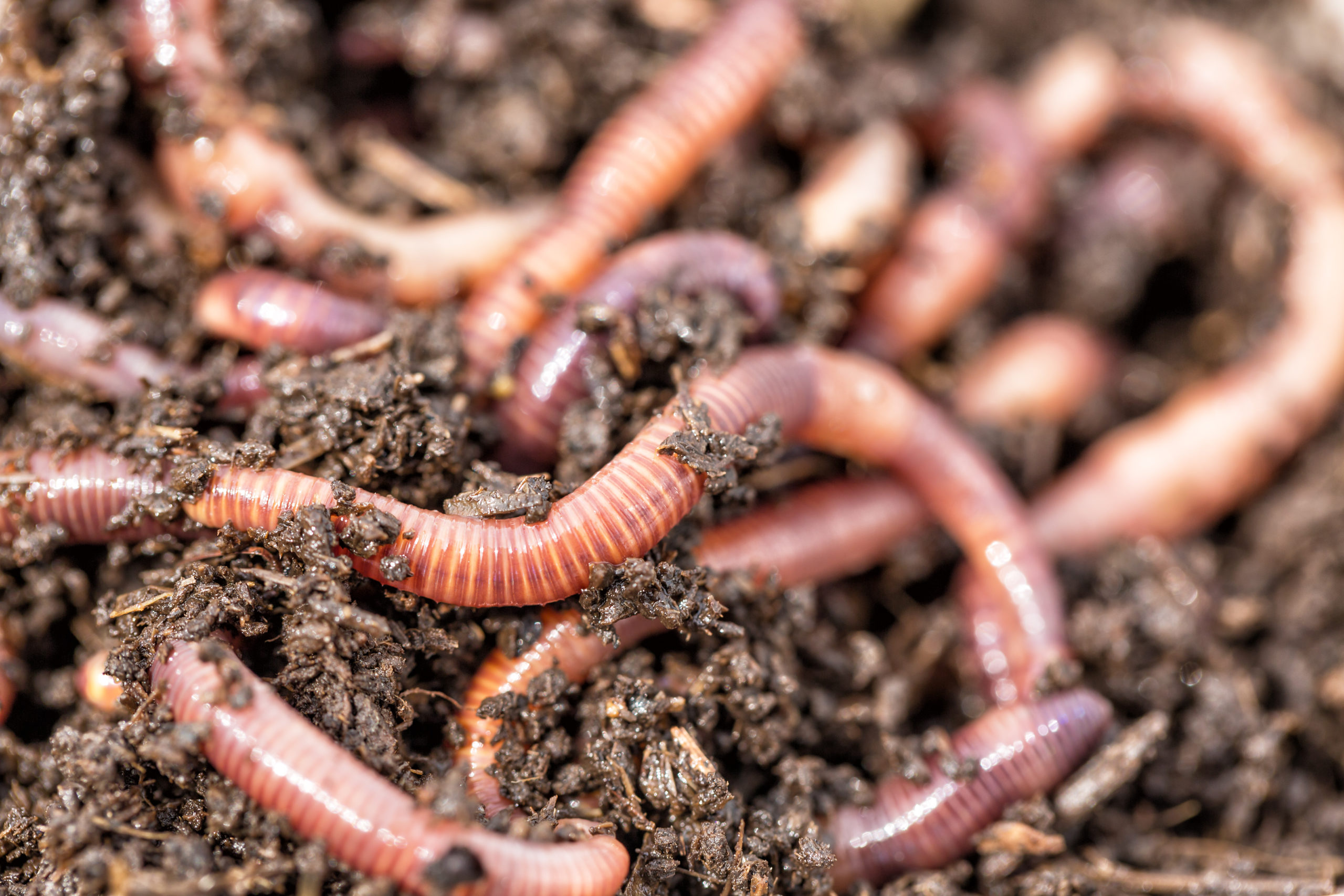
We should do a quick run down of the different bait types and the pros and cons of using live bait. Humans have tried almost everything in their quest to catch bigger fish. In most bait shops, you will likely find the usual nightcrawlers, minnows and crickets. Some shops may seal leeches, mealworms, shiners and suckers depending your geographic location. If you live near the coasts where saltwater fishing is king, some places might sell frozen natural baits like shrimp or squid for large, predatory saltwater game fish. Most serious saltwater fishing enthusiasts prefer to catch their own bait, but either way, the upsides are the same.
The biggest upside to live bait fishing is that this is without question the real deal for most predatory fish. Live baits are effective because the look, sound, taste and smell are all there. These are a fish's natural prey items and they are likely to hold onto them longer than an artificial bait, giving you a better chance to set the hook.
Some of the obvious downsides to live bait are obtaining and storing it. It may be easier to keep your bait fresh during a frosty morning while ice fishing than on a hot boat in the middle of July. Either way, you do have to keep a close eye on it to ensure it stays fresh and lively because that is when it is most effective.
Another con is that bait fishing is usually not a good search technique unless you are trolling a dead bait. Most live bait fishing is done under bobbers while waiting patiently for the fish to come to you. This requires patience and at least some idea of where the fish are hiding before you head out, otherwise you are just wasting your time.
Types of artificial lures: pros and cons
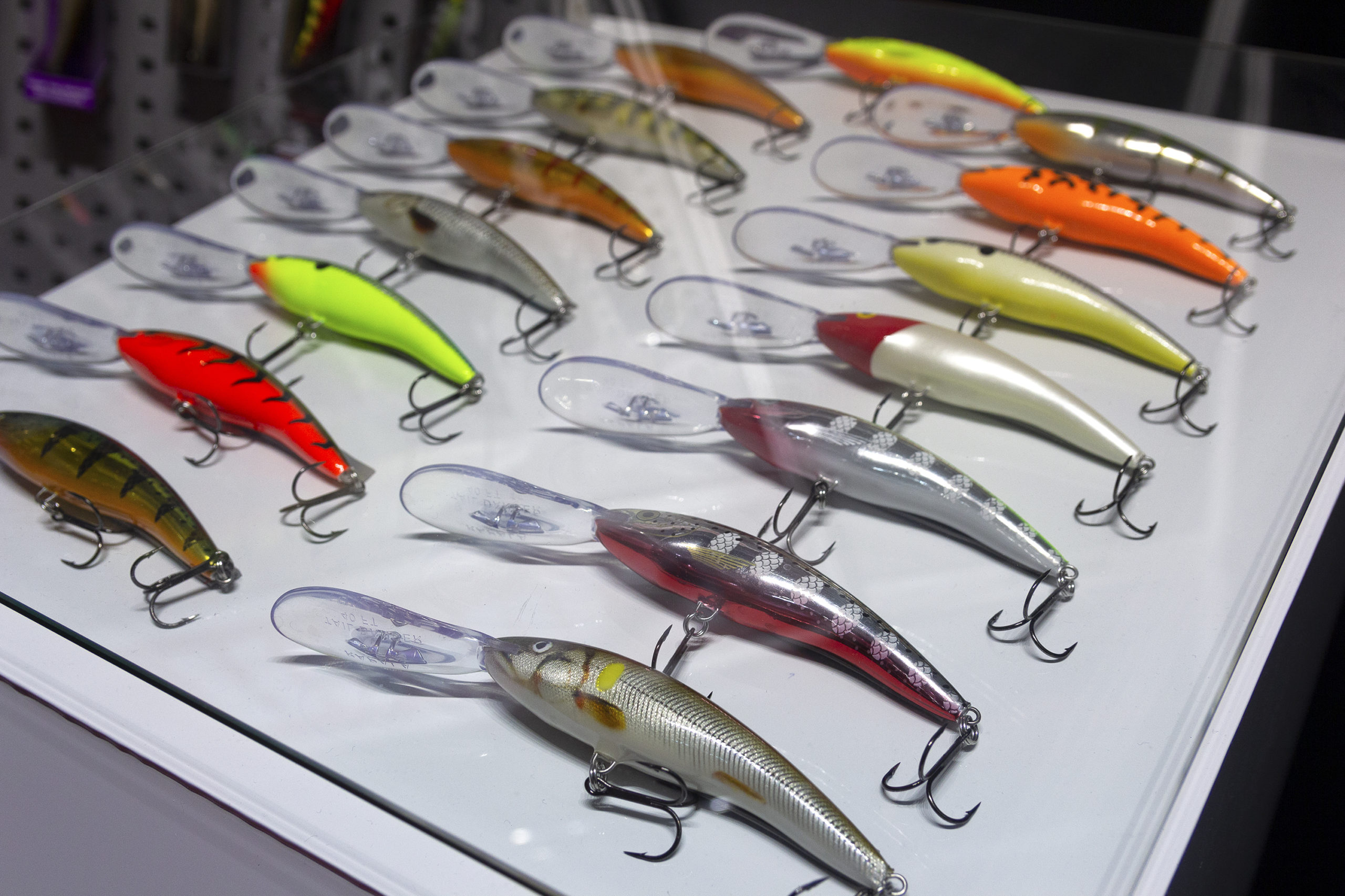
Countless generations have worked tirelessly to build a better artificial fishing lure that replicates natural prey items. Some have obviously worked better than others, but some of the more common ones you will see today include spinnerbaits, buzzbaits, soft plastics, jigs, jerkbaits, crankbaits, topwater plugs and wet and dry flies used in fly fishing.
The obvious upside is that artificials can be used indefinitely and stored for even longer in a quality tackle box. No need to hunt down bait or visit the tackle shop every time you head fishing. The downside is that they cannot perfectly replicate the sights, sound, smell and taste of the real thing. We are willing to admit lure technology has made a lot of progress in the last 10 years, but there are some wise old fish out there that will simply never be fooled by an artificial.
The other negative about artificials is the hit to your wallet. Costs of materials have gone up in recent years and so have lure prices. Artificials are almost always going to be more expensive than live bait and the costs are likely going to keep going up.
Lessons learned from a pond
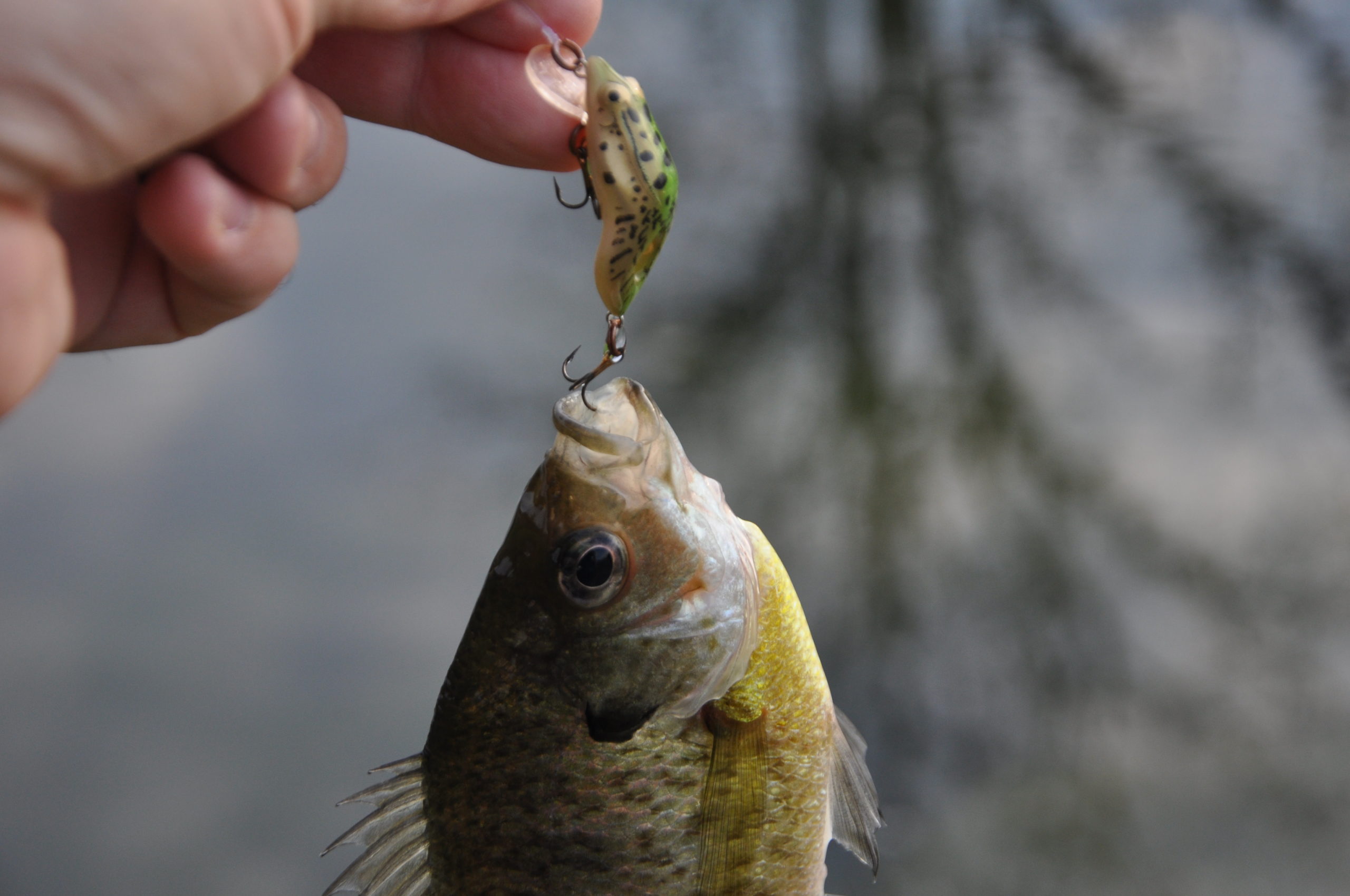
Travis Smola
Growing up here in Michigan, I had an extremely small pond at home loaded with both bluegills and largemouth bass. This pond was small enough that I could cast over it completely to the other bank if I wanted. That is just to give you an idea of the size of water we are talking about. Other than myself, my parents and an occasional relative, we were the only ones who fished it. Season after season there were fish we caught and released multiple times over the course of a summer and it was interesting to note how the fish responded to pressure.
One constant I noted was that some of the same fish would fall for live bait multiple times, but rarely were some of the larger fish fooled by the same artificial lure twice. Whenever I introduced something dramatically new to the pond, I could usually count on catching 15 to 20 bass in less than an hour. Simply because the largemouths were isolated and had never seen that lure before. Their predatory instincts kicked in as intended and they attacked.
However, given a week of throwing the same lure, the fish would stop hitting it once they recognized something was not right. With live bait, it was a different story. If I caught a small bluegill and used it as bait, there was no lure on earth that could replicate that. That baitfish pulsating and twitching on the hook creates vibrations that stimulate a fish's lateral line in a way we simply cannot replicate with lures no matter how hard we try.
The bass may have been fooled occasionally by something that bore a passing resemblance to a natural prey item, but they would always eventually wise up to it. You will often hear about pro anglers talking about using the right lure at the right time and there is something to that, but there also seems to be something to be said for throwing something a fish has never seen before. This also helps explain fad lures that pop up, are red hot with anglers for a while, and then drop off in popularity once everyone is using them and the newness wares off for the targeted fish.
When artificial lures are more effective
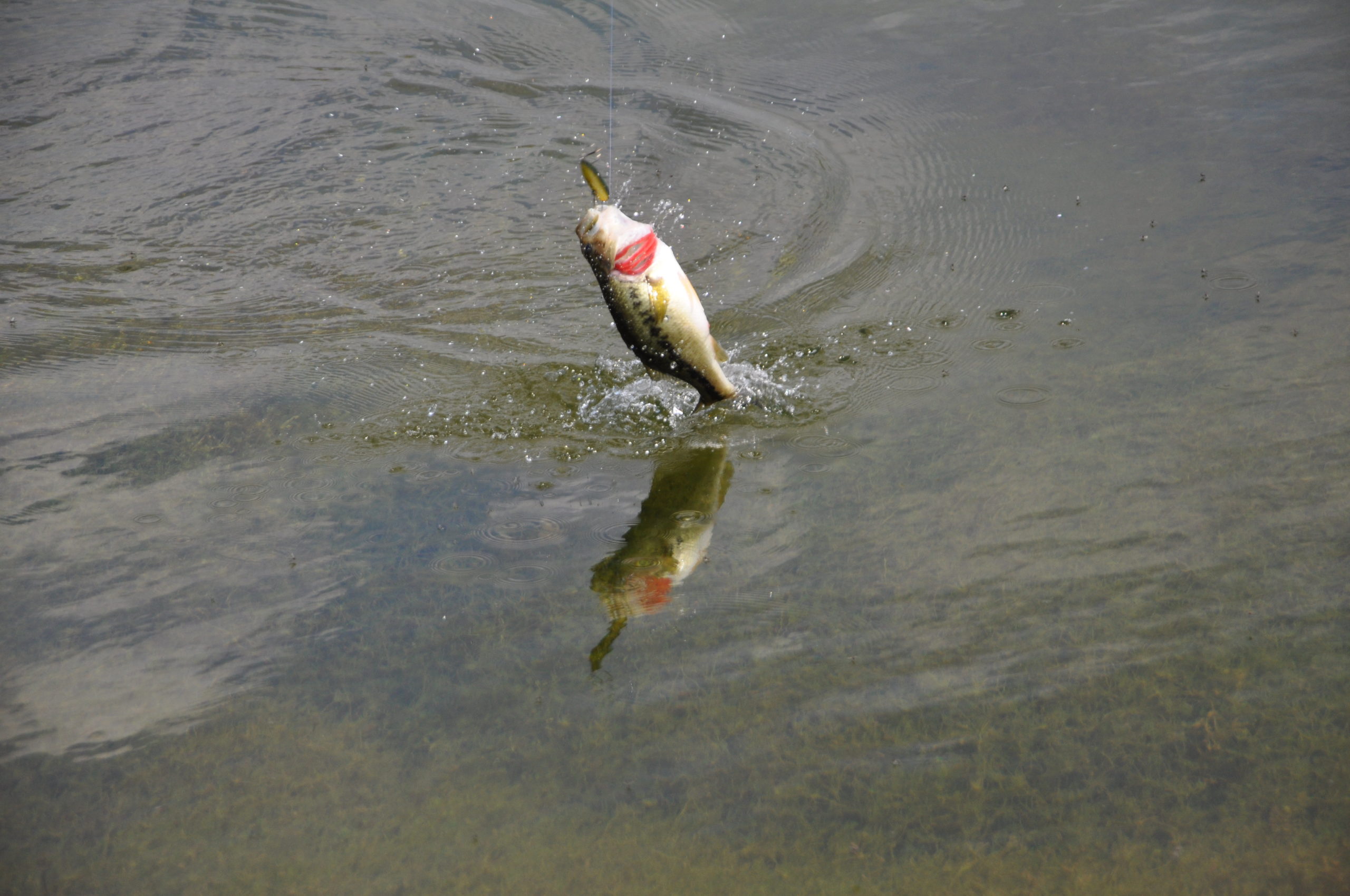
Travis Smola
As I just noted, artificials seem to work the best when you can present fish with something they have never seen, but I think it goes beyond that too. Because I fully believe not every fish strike comes out of hunger. Sometimes it may be a strike out of anger. I have read many bass fishing stories of guys who have thrown the same lure at a bedded largemouth for over an hour before it struck. Sometimes you simply must get on the fish's nerves enough to make them want to kill that annoyance.
Most predatory game fish also have instincts hard-wired by nature that get them to react to artificials. They may not be in a feeding mood, but they will still strike something that appears to be wounded or dying simply because that is their nature. A buzzbait or chatterbait looks like nothing in nature, but the sound and splashing is indicative of something that is dying and that is a big reason those baits are so effective. Drawing a reactive, instinctive strike will not always work. It tends to draw the most bites in warm months when the fish are most active. However, keeping that killer instinct in mind can help you adapt your presentation to how the fish are reacting to your lures. Once you find the pattern of the right size and sound to grab one fish's attention, more will usually follow.
In my experience, artificials tend to work best when conditions are ripe for feeding in the spring and fall. They also tend to out-fish live bait where fishing pressure has been minimal. On heavily-pressured waters, fish see those same lures every day and gradually their effectiveness wears off until the next big thing comes along. That is why your backcountry trips to remote locations can often result in some of the best angling of your life.
When live bait is most effective
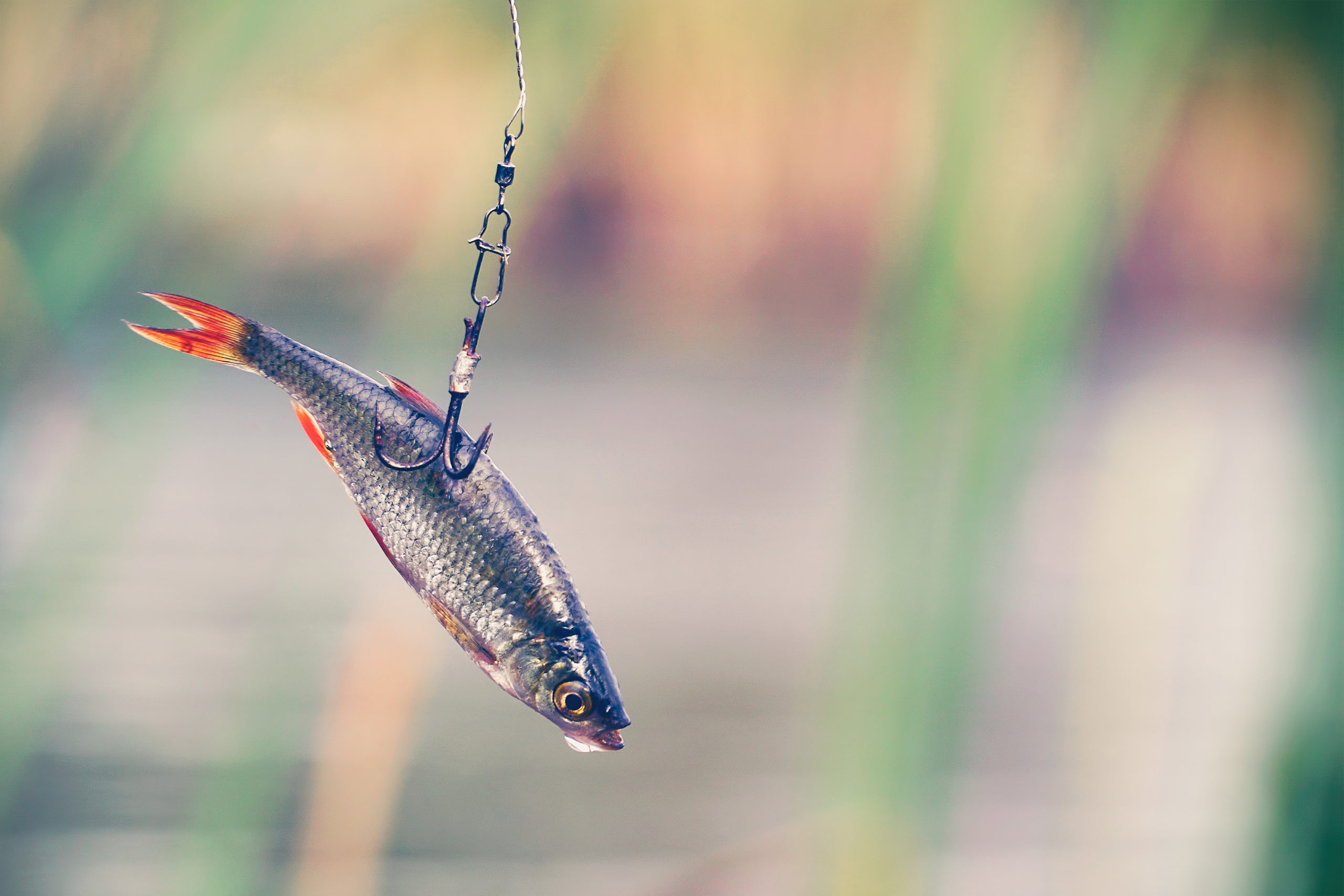
In my experience, a live worm is going to outfish a plastic worm almost every time. We humans are crafty, but perfectly replicating a living, breathing thing artificially is something we have not mastered. Nor are ever likely to. Some fish simply will not fall for anything but the authentic sights, sounds and smells of the real deal. This does not mean that live bait is automatically the winner. There are plenty of other factors that can spoil your fun. For instance, if there was just a mayfly hatch at your local trout stream, you are likely doing yourself no favors by fishing worms under a bobber.
In my experience, bait always seems to work best when water temperatures dip. Many get sluggish once it starts getting colder and they are less apt to chase anything. However, if they find a shiner or minnow struggling on a hook in one spot, many cannot resist the easy meal.
Live bait is also more effective when fish are suspended in schools. You may only pull an artificial through the strike zone momentarily on each cast. With a live bait, you can drop your hook right in the prime position and leave it there. The benefit there should be obvious, and it is why using live bait in ice fishing is usually so effective.
Which wins? Live or artificial?
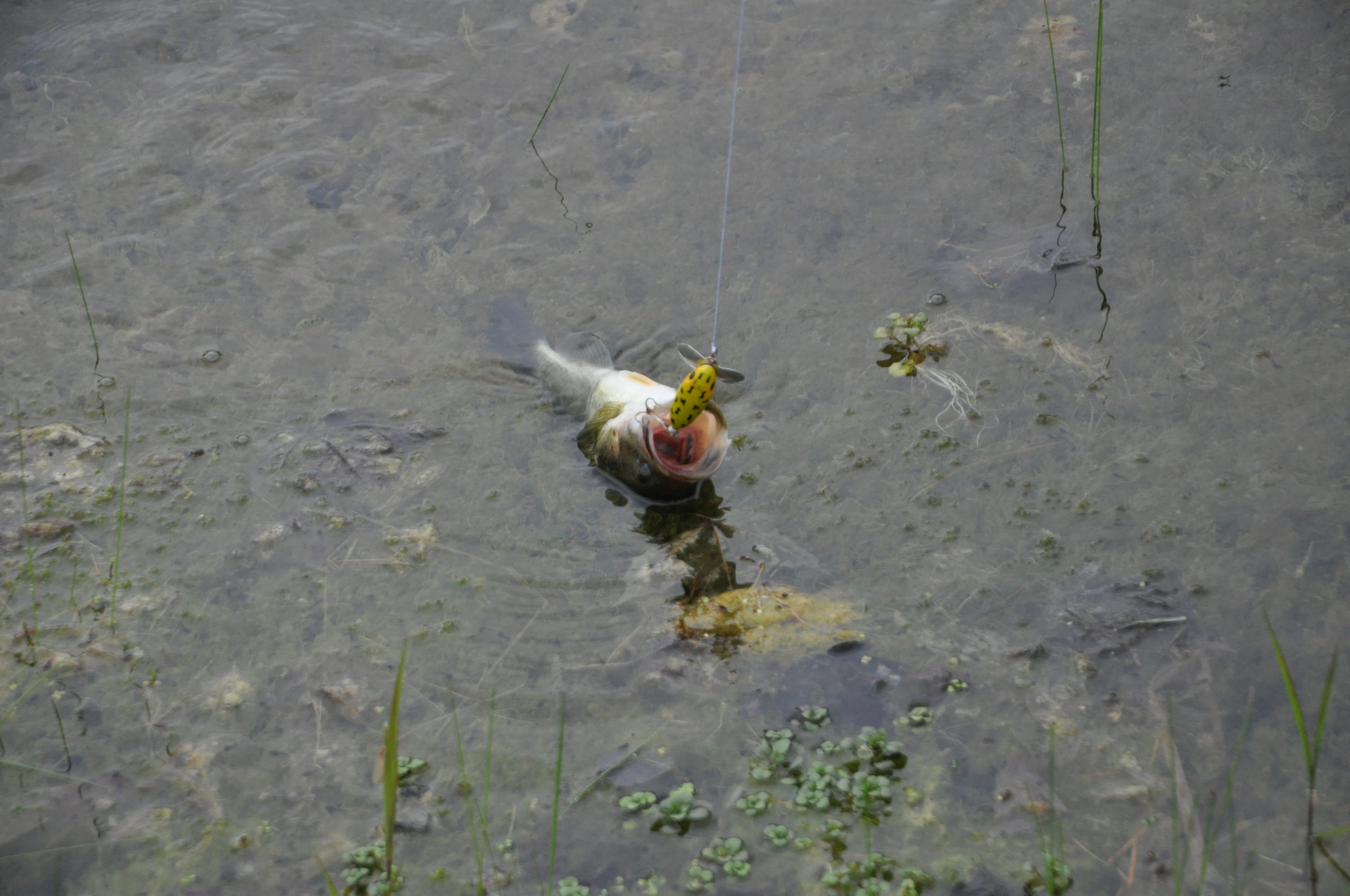
Artificials get huge points for the ability to search for fish quickly and long-lasting durability, but they also lose some for the price and for not being able to completely replicate the real thing. Live bait gets points for almost always being able to grab a fish's attention regardless of conditions, but it loses points for keeping it and storage of unused portions.
Honestly, we would call this one a draw. The effectiveness of both forms of fishing has been proven for hundreds of years now and we do not see it slowing any time soon. In fact, the only reason we can think of for the debate existing is because some anglers invented non-existent style points that shun the live bait side.
We say, use what works for you and what makes you happy and makes the most sense for the situation you are facing. Learning to use both forms effectively will help make you a better angler overall and will deliver lots of big fish memories for years to come!
For more outdoor content from Travis Smola, be sure to follow him on Twitter and check out his Geocaching and Outdoors with Travis YouTube channels.
NEXT: PETA IS NOW GOING AFTER FISHERMEN
WATCH
